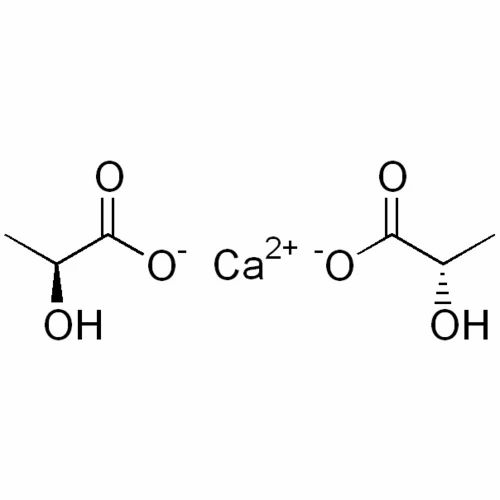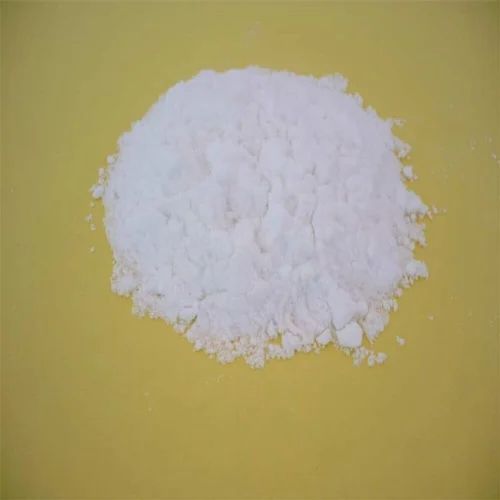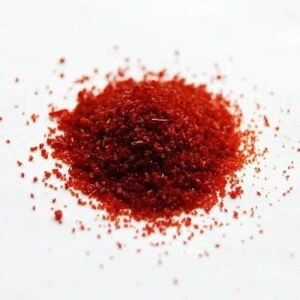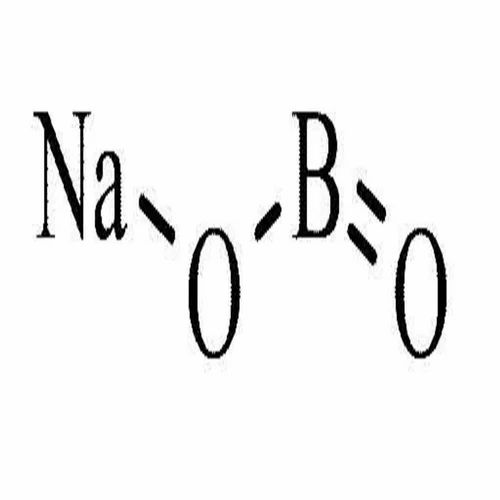Calcium Lactate Powder: The Ultimate Guide
Calcium lactate powder is a calcium salt of lactic acid, with the chemical formula C6H10CaO6C_6H_{10}CaO_6. This white, odorless powder is known for its excellent solubility and bioavailability, making it a popular choice in various applications, including dietary supplements, food additives, and pharmaceuticals. Calcium lactate is particularly valued for its role in enhancing calcium intake, promoting bone health, and providing a range of benefits across multiple industries. This comprehensive product description will explore the properties, applications, benefits, and safety considerations associated with calcium lactate powder, emphasizing its significance in health and nutrition.
Chemical Properties
Composition and Structure
Calcium lactate is formed by the reaction of lactic acid with calcium carbonate or calcium hydroxide. Each molecule consists of two lactate ions for every calcium ion, making it an effective source of calcium. The molecular weight of calcium lactate is approximately 218.22 g/mol.
Physical Characteristics
- Appearance: White crystalline powder
- Molecular Weight: 218.22 g/mol
- Solubility: Soluble in water; slightly soluble in alcohol
- pH: Neutral to slightly alkaline
- Melting Point: Decomposes at high temperatures
These properties make calcium lactate powder suitable for various applications in health, nutrition, and industry.
Applications of Calcium Lactate Powder
1. Dietary Supplements
One of the primary uses of calcium lactate powder is in dietary supplements. It provides an easily absorbable source of calcium, essential for maintaining healthy bones and teeth. Calcium lactate is particularly beneficial for individuals with lactose intolerance, as it offers a dairy-free source of calcium.
2. Food Industry
Calcium lactate is widely used as a food additive and preservative. It acts as a firming agent in canned vegetables and fruits, helping to maintain texture and quality. Additionally, it is often added to sports drinks and nutritional products to enhance their calcium content, supporting active lifestyles.
3. Pharmaceuticals
In the pharmaceutical industry, calcium lactate powder is employed as an excipient in tablet formulations and other medicinal products. Its solubility and neutral pH make it a suitable choice for enhancing the stability and bioavailability of various medications.
4. Agriculture
Calcium lactate is used in agriculture as a nutrient supplement for crops. It helps improve soil health and provides essential calcium to plants, promoting strong growth and increasing yields. Calcium lactate can also be used in hydroponic systems to ensure optimal nutrient levels.
5. Cosmetics and Personal Care
In the cosmetics industry, calcium lactate is utilized as a moisturizing agent and pH stabilizer. It helps improve the texture and stability of creams, lotions, and other personal care products, enhancing their overall effectiveness.
6. Baking
Calcium lactate is often used in baking as a leavening agent. It can help improve the texture and rise of baked goods, contributing to a better product quality. Its role in enhancing dough performance makes it a valuable ingredient in commercial baking.
Advantages of Using Calcium Lactate Powder
1. High Bioavailability
Calcium lactate powder is known for its high bioavailability, meaning it can be easily absorbed and utilized by the body. This makes it an effective source of calcium for individuals who need to increase their intake for bone health.
2. Gentle on the Stomach
Unlike some other calcium supplements, calcium lactate is gentle on the digestive system. It is less likely to cause gastrointestinal discomfort, making it suitable for a wide range of consumers.
3. Versatility
The diverse applications of calcium lactate powder highlight its versatility. Whether used in dietary supplements, food products, pharmaceuticals, or agriculture, its effectiveness across multiple sectors makes it an indispensable resource.
4. Non-Toxic and Safe
Calcium lactate is generally recognized as safe (GRAS) for consumption and is derived from natural sources. This makes it a preferred choice for consumers seeking clean-label products in their diets.
How to Use Calcium Lactate Powder
1. As a Dietary Supplement
When using calcium lactate powder as a dietary supplement:
- Dosage: Follow the manufacturer’s recommended dosage, typically ranging from 400 mg to 1200 mg of calcium per day, depending on individual needs.
- Administration: It can be taken with or without food, but taking it with meals may enhance absorption.
2. In Food Processing
For food applications:
- Incorporation: Calcium lactate powder can be added to food products during processing. Typical usage rates vary, but it is generally used at concentrations of 0.5% to 2%.
- Monitoring: Regularly assess calcium levels in food products to ensure they meet dietary guidelines.
3. In Pharmaceutical Formulations
For pharmaceutical applications:
- Preparation: Use calcium lactate according to specific protocols to ensure the correct dosage and efficacy in formulations.
- Stability Testing: Conduct stability tests to ensure that formulations maintain their integrity over time.
4. In Agriculture
When applying calcium lactate in agriculture:
- Nutrient Supplement: Mix calcium lactate into soil or fertilizers based on soil tests and crop requirements. Typical application rates may vary, so assess nutrient levels for optimal effectiveness.
- Monitoring: Regularly evaluate soil health and plant growth to adjust application rates as needed.
5. In Cosmetics and Personal Care
For cosmetic applications:
- Incorporation: Add calcium lactate to formulations as a moisturizer or stabilizer, typically used at concentrations of 0.5% to 3%.
- Quality Control: Regularly monitor the effectiveness of formulations to ensure desired outcomes.
6. In Baking
When using calcium lactate in baking:
- Application: Incorporate calcium lactate into dough or batter according to specific recipes, typically at rates of 0.5% to 1%.
- Monitoring: Regularly assess the quality of baked goods to ensure optimal texture and performance.
Safety and Handling
1. Toxicity
Calcium lactate powder is generally considered safe for consumption when used as directed. However, excessive intake may lead to hypercalcemia, which can cause various health issues.
2. Protective Measures
When handling calcium lactate powder, it is crucial to:
- Wear Protective Gear: Use gloves, goggles, and appropriate lab attire to protect against contact and inhalation.
- Ensure Ventilation: Work in a well-ventilated area to avoid inhaling dust.
3. Storage
Store calcium lactate powder in a cool, dry place away from direct sunlight and moisture. Ensure that containers are tightly sealed to maintain product integrity.
Environmental Considerations
Calcium lactate is considered environmentally friendly, as it is derived from natural sources. However, proper disposal methods should be followed to minimize any potential impact. Always adhere to local regulations regarding chemical waste disposal.
Conclusion
Calcium lactate powder is a versatile and essential compound utilized in various industries, including dietary supplements, food processing, pharmaceuticals, and agriculture. Its unique properties, such as high bioavailability and gentle nature on the stomach, make it an invaluable resource for health-conscious consumers and professionals alike.
When purchasing calcium lactate powder, choose reputable suppliers that provide high-quality products and detailed safety data sheets. Understanding its applications, benefits, and safety measures will help you maximize the potential of this remarkable compound in your projects.
Whether you’re a health professional seeking effective calcium supplements, a food manufacturer looking to enhance product quality, or an agricultural expert aiming to improve soil health, calcium lactate powder can meet your needs. Embrace the advantages of this compound and unlock new possibilities in your field!





Reviews
There are no reviews yet.